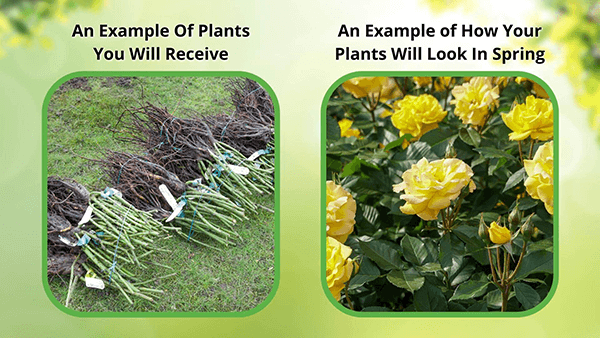Staghorn Sumac
Staghorn Sumac
| Order | Percentage Discount | ||
|---|---|---|---|
| 2-5 | 25% Off | ||
| 6-10 | 30% Off | ||
| 11-25 | 35% Off | ||
| 26-50 | 45% Off | ||
| 51+ | 65% Off | ||
Couldn't load pickup availability
5-7 Days
Under 25 Feet
Sun or Shade
3-9
Birding
Bare-root
Staghorn Sumac
Staghorn Sumac, or Rhus typhina, is a deciduous shrub in North America. The plant belongs to the Anacardiaceae family and is a popular ornamental plant for its attractive foliage and fruit clusters. The bush grows in various soil types and is commonly found in open fields, roadsides, and disturbed areas.
Staghorn Sumac Bush's Characteristics
It grows to 15-25 feet in height and spreads 20-30 feet wide. The plant has large, compound leaves up to 2 feet long; each leaflet resembles a small leaf. The leaves turn a brilliant red color in the Fall (End of October), making the plant a popular choice for landscaping. The bush's fruit is a dense, reddish-brown cluster of small drupes, a popular food source for birds and wildlife.
Uses
Has been used for medicinal purposes for centuries. Native Americans used the plant to treat various ailments, including colds, fevers, and sore throats. The plant contains high levels of antioxidants and has been utilized as a natural treatment for reducing inflammation, treating diarrhea, and even as a topical treatment for skin conditions like eczema.
This Bush's Culinary Uses
The fruit has a tangy, citrusy flavor and is commonly used as a spice in Middle Eastern and Mediterranean cuisine. The fruit can be ground into a powder and used as a seasoning for meat, fish, and vegetables. It is also used to flavor beverages like tea and lemonade.
Benefits
The Bush is an Essential Plant for Wildlife
This Bush provides nourishment and cover for birds and other animals. The plant is also a nitrogen fixer, meaning it can convert atmospheric nitrogen into a form that plants use, helping to improve soil quality. The Bush is a versatile and attractive plant with medicinal and culinary uses. It is also an essential plant for wildlife and has environmental benefits. The plant's stunning foliage and fruit make it a popular choice for landscaping, and its adaptability to various soil types makes it an excellent choice for gardens and natural areas.
The bush, an ornamental plant that can grow in most places, can be found in the Appalachian Mountains, Midwestern and Northeastern areas of the United States, and primarily in Southeastern Canada. The bush is mainly found in temperate climates and is widely cultivated as an ornamental.
The plant is a deciduous shrub and or small tree that possibly grows 6 meters wide by 5 meters tall, and rust color hairs densely cover the stems and lead petioles. The branches of the bush got their name from its forking pattern branches that look like antlers and, over time, evolved to the common name "staff's horn sumach." Also, female or male plants are formed from large clumps since they are dioecious at the terminal. You can find dense clusters of small fruit (red drupes).
The clusters are comic and are 2-2 inches wide and 2-8 inches long; the plant flowers ripen from June to September, and the plants from May to July. Yellow, orange, and red are vibrant colors in autumn, and the fruit may last from winter to spring.
It is a plant that aggressively grows and distributes its seeds by rhizomes to create colonies (old in the center, young out). Smaller gardens cannot accommodate the bush, even though it's known as an ornamental plant that provides interest throughout the year.
This Bush Can Grow Any Many Conditions
However, since Staghorn Sumac Bush has an intense suckering habit, it is incompatible with smaller gardens. The bush may grow in many conditions, such as poor and dry soil; other plants usually can't grow.
Landscapers are known to create a crown effect that looks like a plan tree by removing all but the top branches. The bush was introduced to Europe in the 17th century and is a well-liked garden plan.
Sumac Vinaigrier, Essigbaum, which means vinegar tree, is the common name for the bush in German and French.
This Is How Your Plants Will Look upon Delivery
Shipping date depends on the date displayed and chosen when you order from the product's page.
We only accept returns on plants verified dead. If you think your plants have died, we offer a 1 year warranty, please use use this File a Claim Link to verify dead plants and start with return warranty process.



I love the originality of this tree! Very different!
Thanks for the 5-star review, Larry. We appreciate you taking the time to give your feedback and look forward to serving you again in the future.






